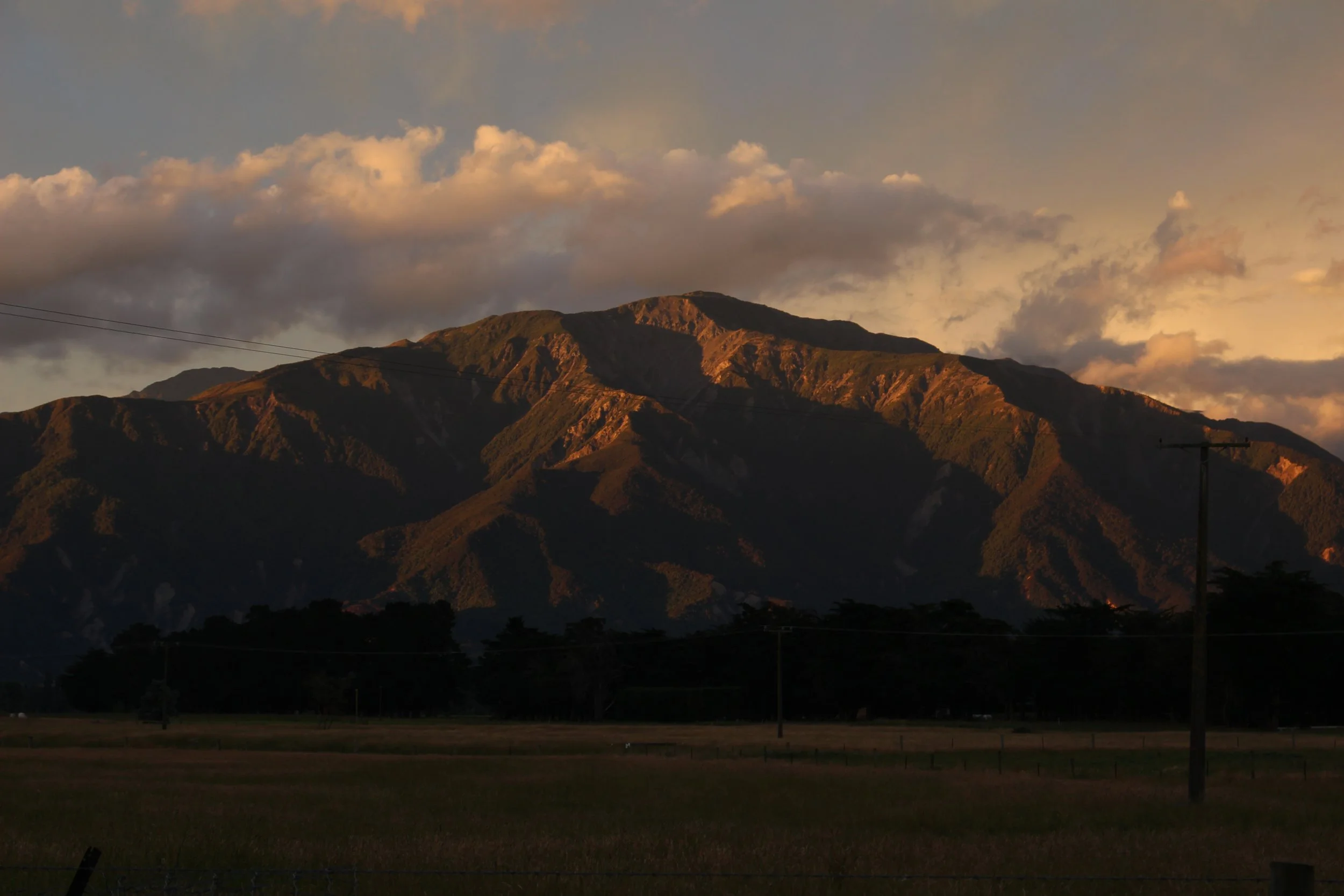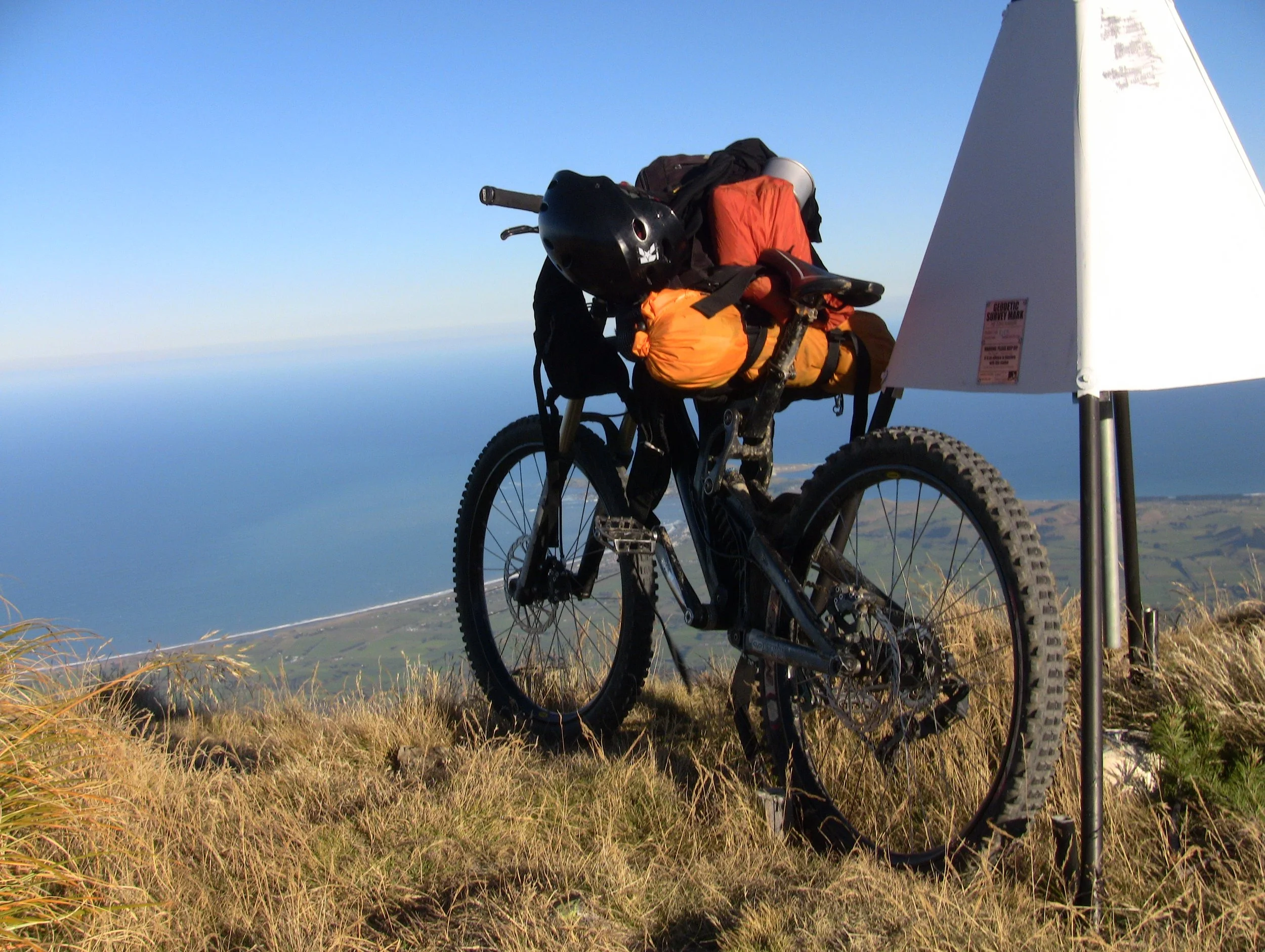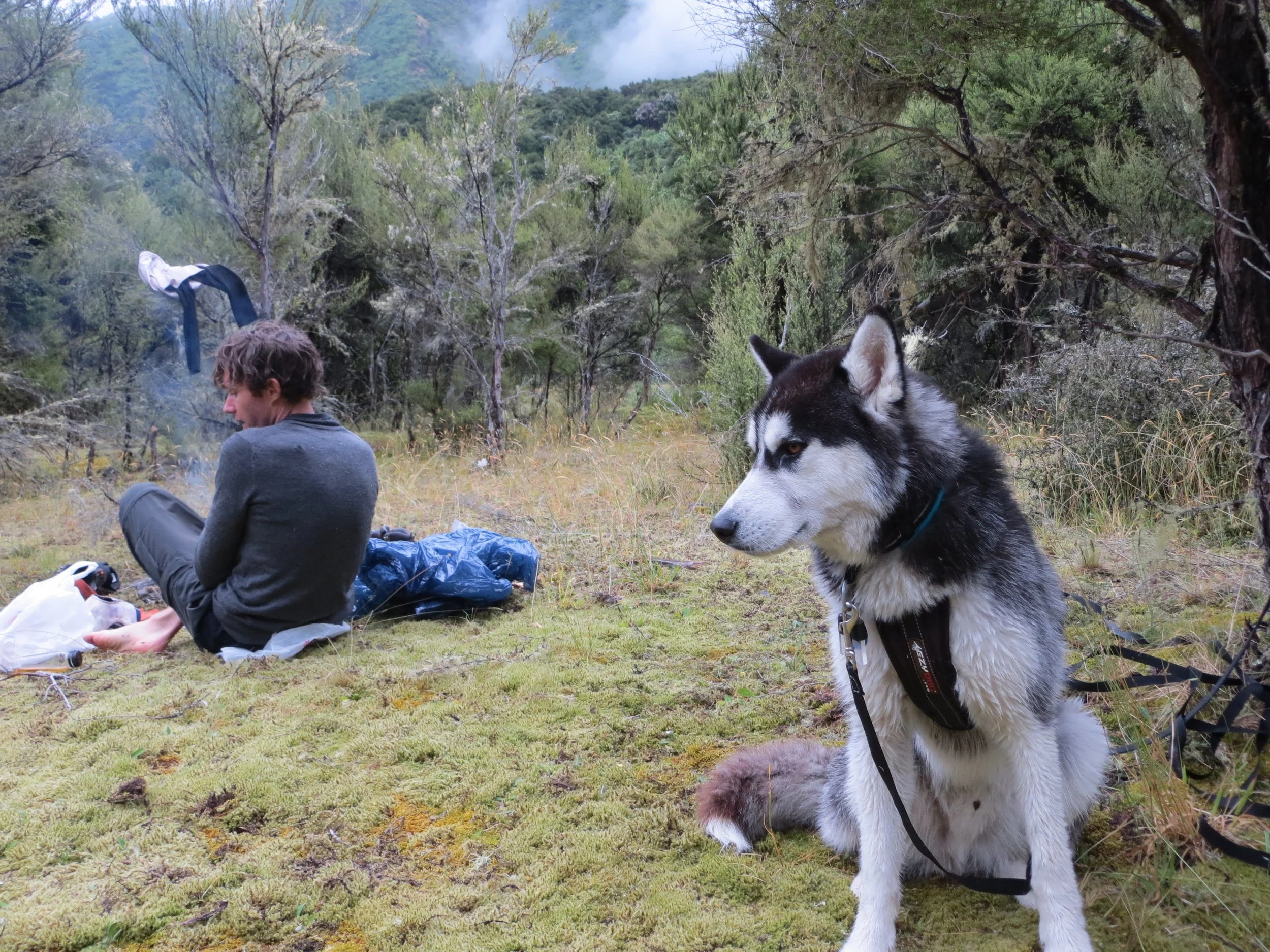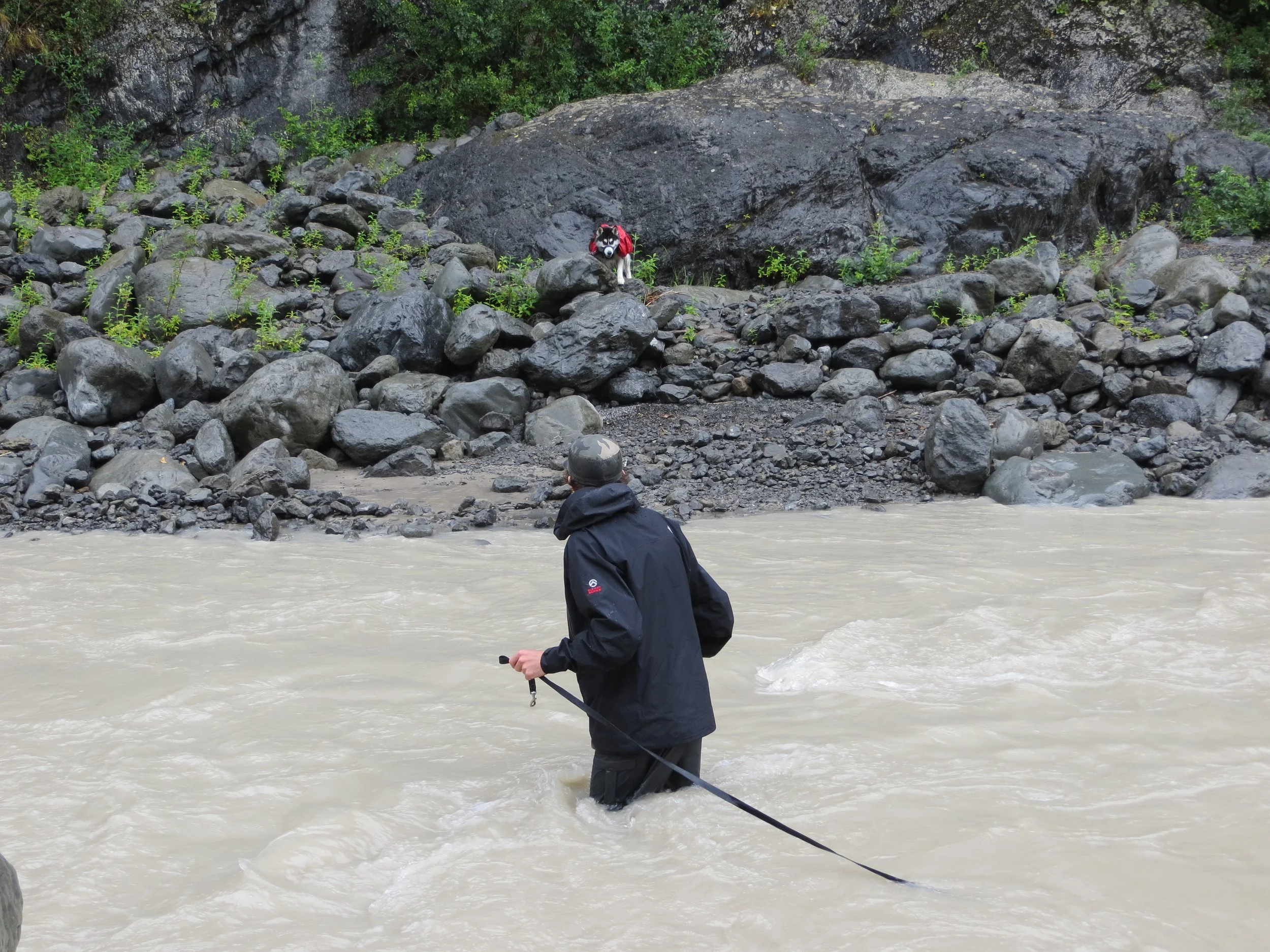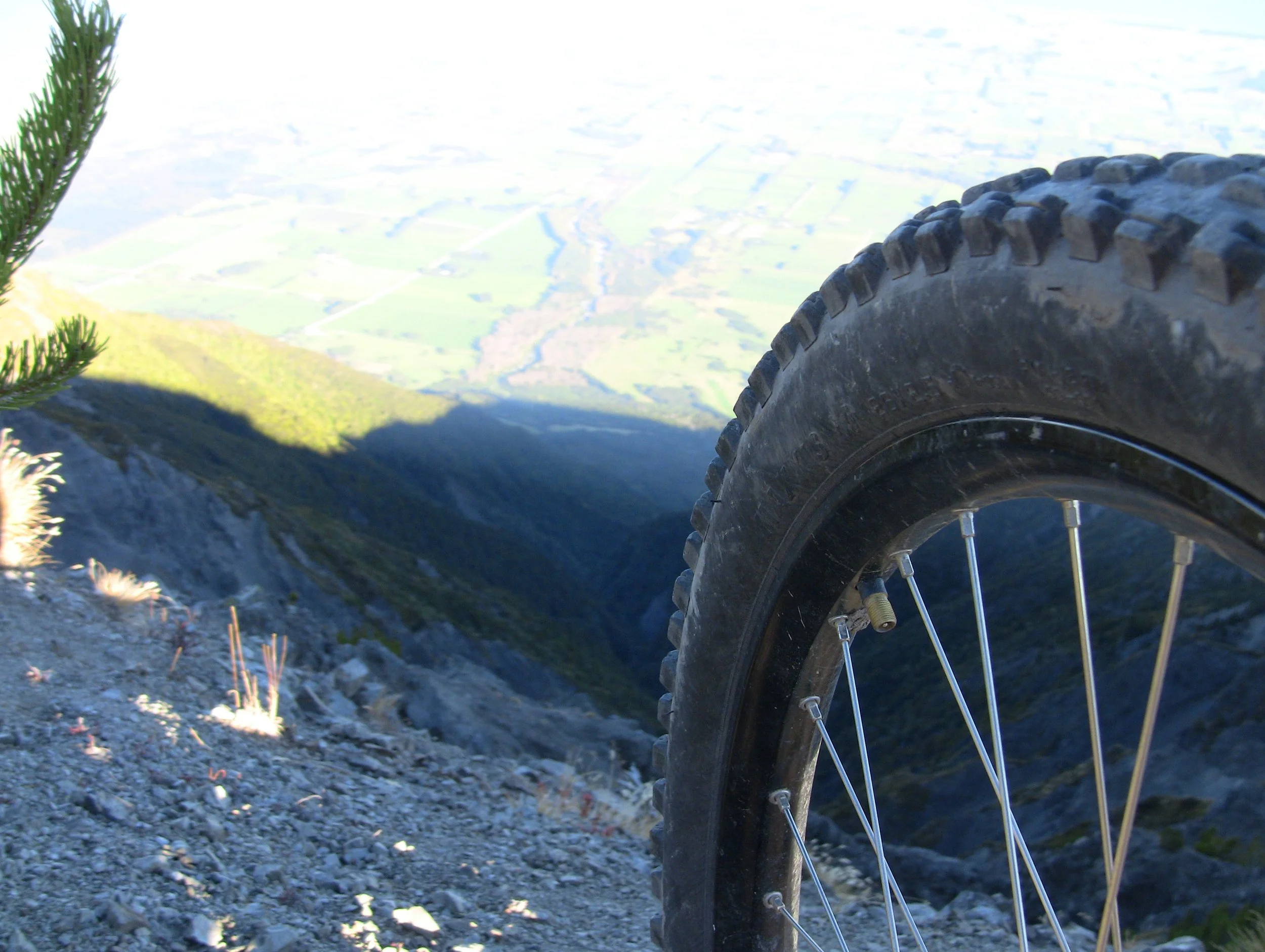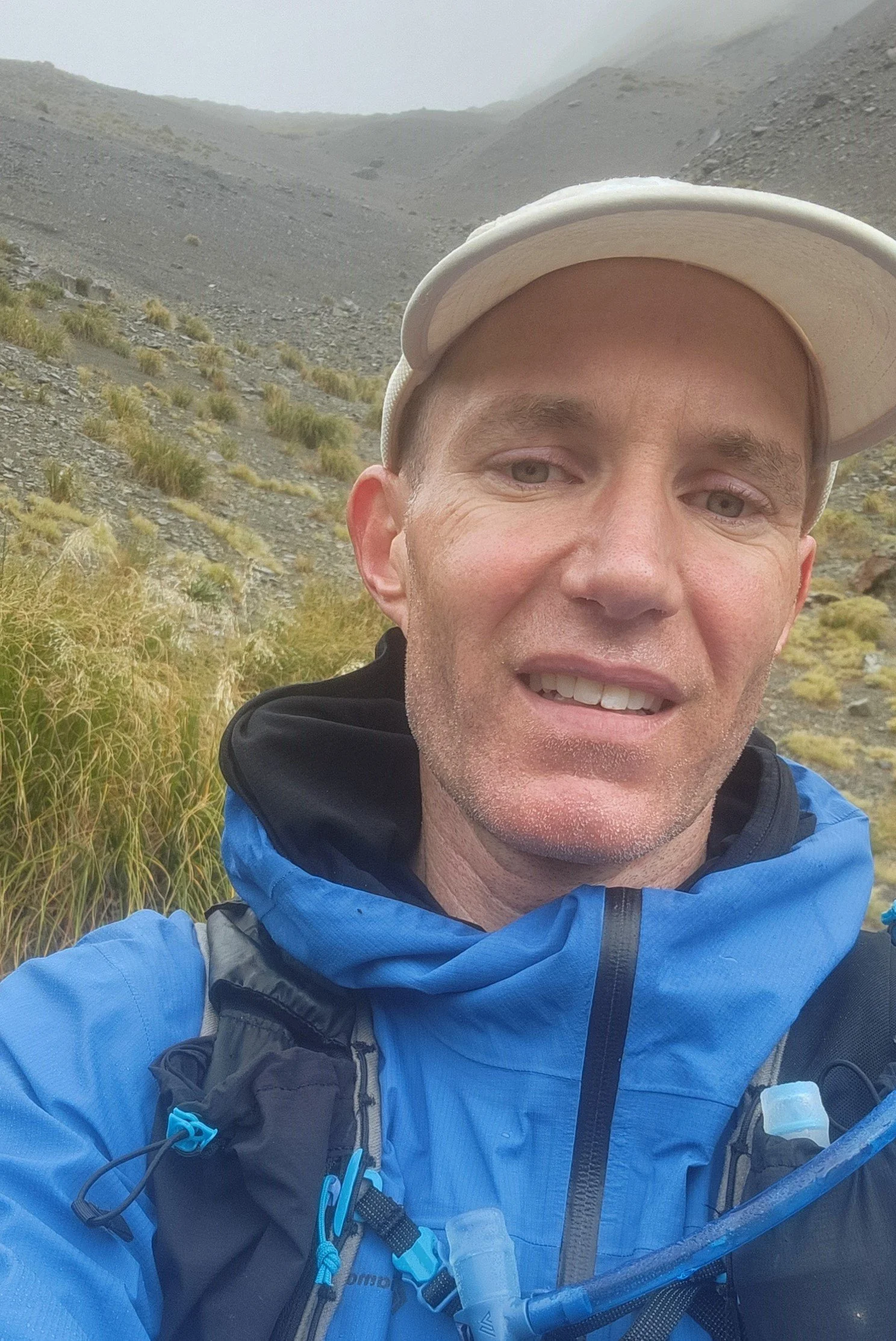How Much is a Mountain Worth?
Mt Fyffe in Kaikōura is Worth About $32m p.a. Economist job done🙌.
But first, before thoroughly dishonouring this incredible mountain by reducing it to only a dollar value, here is a little context.
I have a lifelong obsession with mountains. My life is essentially organised around being in the mountains and dragging my family, usually willingly, to the mountains.
Sometimes less willingly
rom my first job as (humble brag) a semi-professional downhill mountain biker to my current midlife crisis running mountain ultra-marathons (bragging intensifies), mountains are kind of my thing. I love the solitude of mountains and the humbling feeling of being in places that seem so unconducive to human needs. Being deep in the mountains feels like going back in time to when humans were forced by the environment to be in tune with its ways without the option of retreating to safety and convenience. It is the easiest way I know to truly feel connected to nature.
I am also an economist, a profession not typically celebrated for its deep spiritual connection to the natural world. Economics has been called the "dismal science" and interpreted colloquially as contributing to social and environmental misery. Thomas Carlyle, a big fan of slavery, coined the phrase "dismal science" as he couldn't find an economic justification to support slavery. He considered this shortcoming of economics 'dismal', which is ironic considering how the phrase is often interpreted. And yet, the act of putting a dollar value on nature can be seen as a dismal act that objectifies and cheapens something profound.
Mt. Fyffe in Kaikōura is a majestic mountain. It juts out from the Seaward Kaikōura Range and forms a backdrop to the township, sandwiching the town between the mountains and the sea.
Mt. Fyffe from my parent's farm
At Takahanga Marae, I have heard Kāti Kuri talk about the significance of the mountain in providing resources for their ancestors. Tā Mark Solomon, a great rangatira of my iwi, Ngāi Tahu, described an ancient intact waka being found on the mountain. My own relationship with the mountain is a bit less profound but intensely meaningful to me. I have spent numerous days and nights on the mountain, flying paragliders, mountain biking, running, and generally just loitering by the river, eating sandwiches, and making tea like a 21st-century hobbit.
Flying from the summit of Mt Fyffe over the Kowhai River
After I broke my back mountain biking and spent weeks in a spinal unit recovering, it was Mt Fyffe that I went to to get back up to speed and regain confidence.
Mt Fyffe Summit - Solo MTB Camping
All of this is to say that this mountain, unremarkable for its size or any other defining feature beyond its ease of access, is significant. This mountain is a part of my family. Like most dads, I am way too quick to explain how awesome my daughter is to anyone unlucky enough to be near me. Similarly, I want to communicate how important this mountain is to anyone willing (or not) to listen.
If the audience I am trying to get this point across to were outdoor enthusiasts, then I would write an article about an expedition on the mountain. If the audience were tourists, I would show them pictures and give them maps. If the audience were a regulator, investor, funder, or other entity that accounts for costs and benefits in their decision-making, I would communicate the value of the mountain in dollars. Each of these methods of communication has the same goal: to communicate value. Each does so in a different way, tailored to a specific audience. None capture the complete essence of what a mountain is, and yet, I believe none degrade the value of the mountain either.
So, back to that value of $32m per annum.
The value is based on the ecosystem services the mountain provides. Ecosystem services are public values; that is, they are services that are provided by nature for free, but from which we benefit. I am part of a research project called the Eco-index, which is developing a suite of resources to restore New Zealand's biodiversity. One of my roles in the project is to communicate the value of enhancing biodiversity in monetary terms. Here is a list of the ecosystem services provided by Mt. Fyffe to which I can attribute monetary values:
Food
Water
Raw materials
Medicinal resources
Air quality regulation
Climate regulation
Moderation of extreme events
Regulation of water flows
Waste treatment
Erosion prevention
Maintenance of soil fertility
Pollination
Biological control
Maintenance of life cycles
Maintenance of genetic diversity
Aesthetic information
Opportunities for recreation and tourism
Existence, bequest values
Existence, bequest values
Inspiration for culture, art and design
Spiritual experience development
Information for cognitive development
The value of $32m is just a rough approximation for this article, but it is determined by considering the types of biomes that exist on Mt. Fyffe. I have used the following three biomes to describe the environment of Mt. Fyffe:
Temperate forest and woodland
Shrubland and shrubby woodland
Polar- alpine
The area is roughly 3000 hectares, which I have split evenly between the biomes. The upper half of the mountain is primarily a sparse alpine environment, while the lower reaches and valleys are a mix of scrubby plants and old-growth forests.
shrubby woodland in the valleys
Temperate forest up the Hapuku River
I have then used a meta-analysis of ecosystem service values to calculate the values. This is a rough estimate, as the values are global averages that likely significantly underestimate the ecosystem services provided by Mt. Fyffe. However, they serve an important purpose: they communicate that the mountain has economic value. Mt. Fyffe produces tangible services that contribute to our ability to survive and live meaningful lives. They also communicate that this value is significant. There are unlikely to be many land uses in the area producing $32 million of economic output per year. Mt Fyffe is a serious economic powerhouse. This economic contribution should be recognised in decision-making.
The power of monetary valuation lies in its ability to increase visibility. It brings the hidden wealth of nature into the view of markets. Fortunately, it is very difficult to privatise this value, and that is not the aim of valuation. What it does do is communicate importance.
I had the best PhD supervisor I could have ever hoped for, Distinguished Professor Caroline Saunders. One of the many great pieces of advice Caroline gave me during my PhD was this: paraphrasing, 'Your PhD will never be your greatest piece of work, but what it will do is give you a seat at the table, which will increase your chances of having an impact.'
Valuing nature is like giving it a seat at the table. Without the valuation, it is unlikely to be invited to the table, thus reducing the likelihood that its voice will be heard.
A few more good times around Mt. Fyffe
Dog Rescue (I know - poor river-crossing technique)
Maybe?
Incapable of a forced selfie smile - freezing cold 55km run on Mt. Fyffe, Easter 2024
For all my fellow fools - good times.


